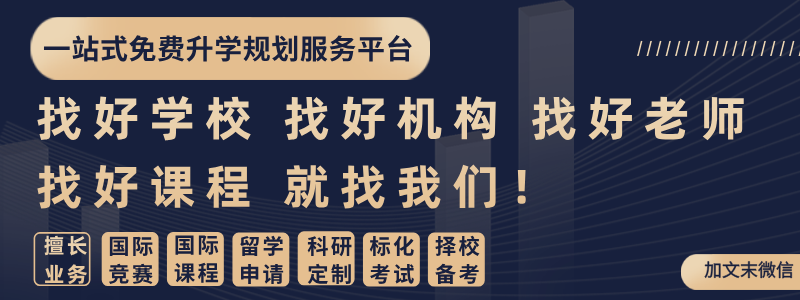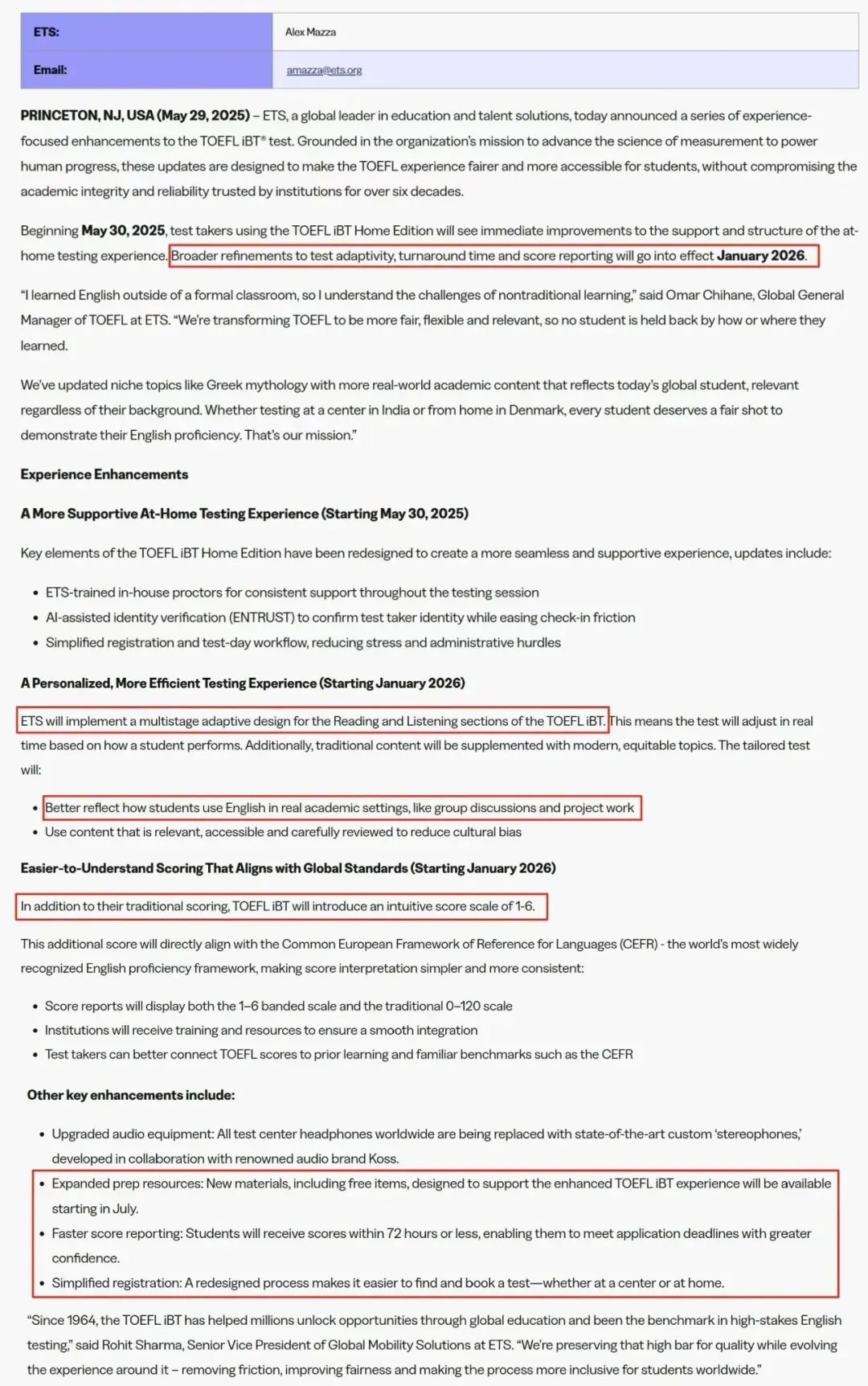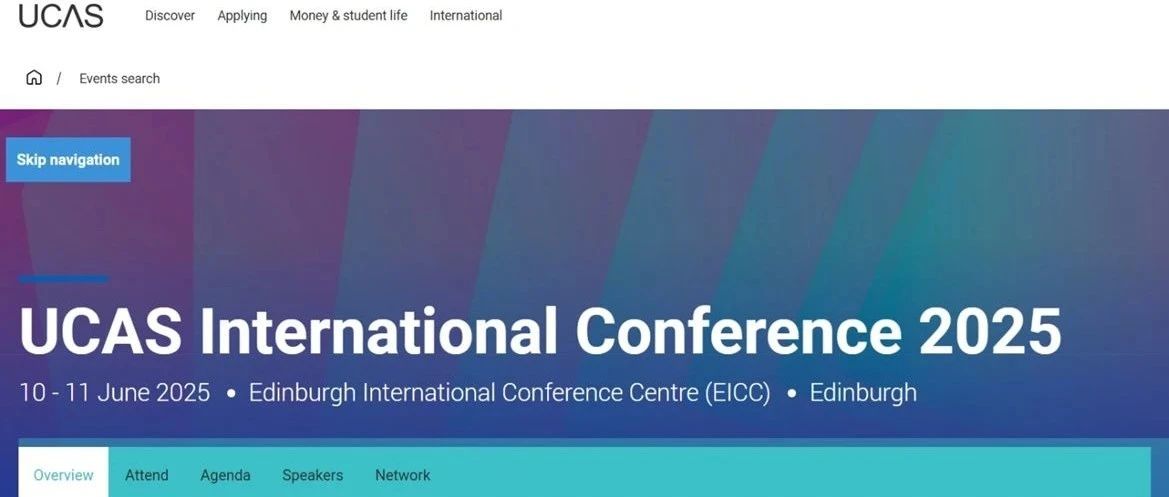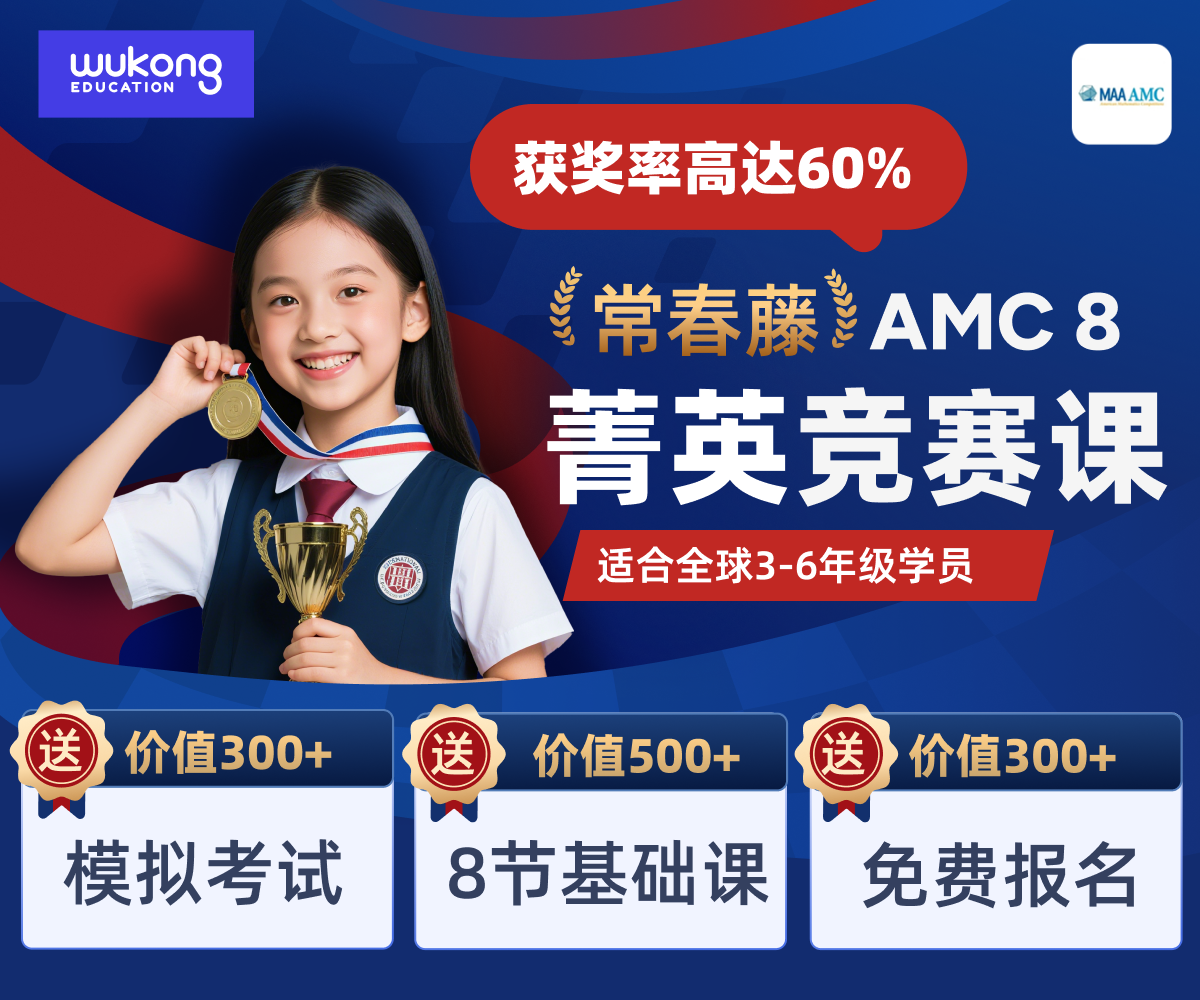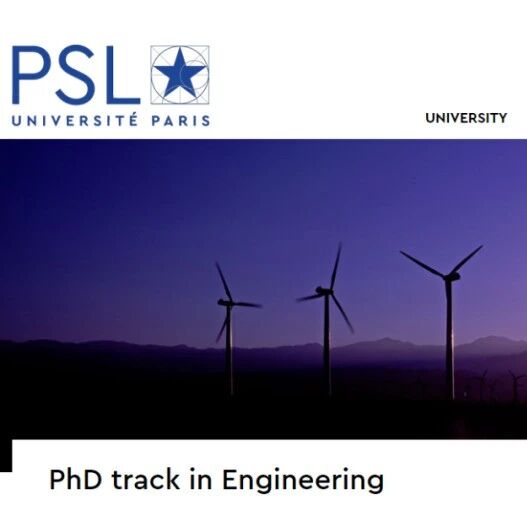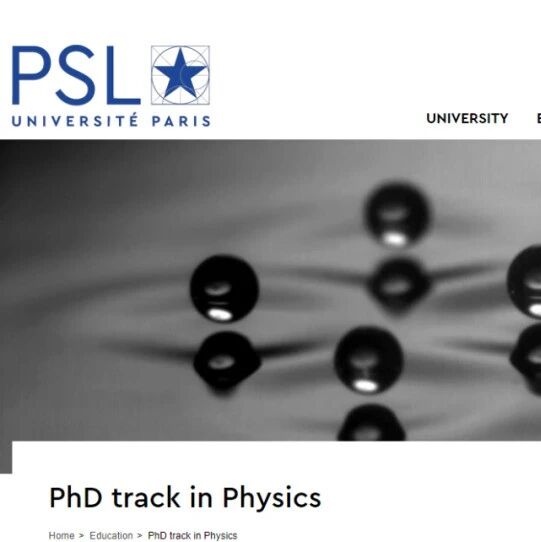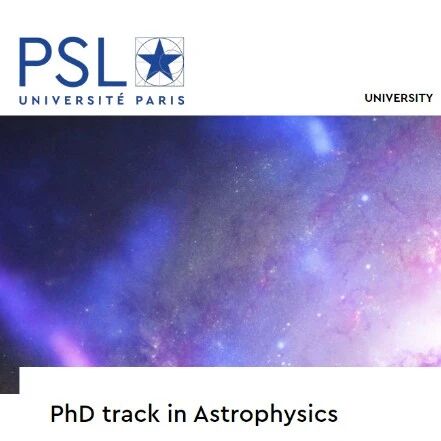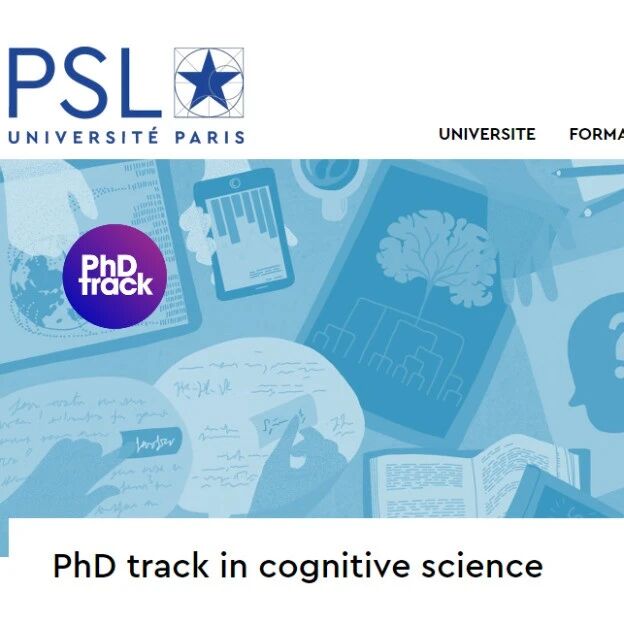一、怎么读社会学课本???
第一层次:框架理解
新加坡Social Studies教学大纲,围绕三大议题展开:Issue 1(公民与治理)、Issue 2(多元社会)、Issue 3(全球化世界)。
学生在阅读教科书时,首先要把握每个议题的核心问题和关键理解。例如Issue 1的核心问题是"为社会福祉工作:这是谁的责任?",而不是简单记忆公民权利和政府职能的条目。
学生需要理解教科书的设计逻辑:分为核心内容(core content)和例子(examples)。
核心内容是学生达成知识成果和关键理解必需的知识,包括理解教学大纲和课本中例证的概念和思想。这意味着背诵所有细节并非重点,掌握概念框架和分析思路。
第二层次:概念提取法
每个议题都有关键概念(Key Concepts)。学生应该围绕这些概念构建知识网络,而非孤立记忆事实。
以Issue 1为例,关键概念包括公民身份(Citizenship)、治理(Governance)、权衡取舍(Trade-offs)。
阅读时要思考:这些概念如何相互关联?新加坡的具体案例如何体现这些概念?
二、答题的PEEL结构运用
标准答题框架,采用P.E.E.L格式(Point. Elaboration. Explanation. Link.)
Point(论点)直接回应题目要求,提出明确立场
Elaboration(阐述)提供具体例子或细节支撑
Explanation(解释)说明例子如何支持论点,体现因果关系
Link(链接)回扣题目,强化论证
三、教科书内容的战略性选择
SRQ分为两种类型:第一种需要一般知识和结构化头脑风暴,第二种需要深入学习教科书内容。
对于SRQ(b)类型,学生必须精确掌握教科书中的因素分析和政策措施,但重点不是记忆,而是理解这些措施的逻辑和局限性。
四、三步消化教科书内容
第一步:议题导向阅读。每次阅读一个章节前,先明确该章节对应的引导问题(Guiding Questions)。例如学习Issue 2时,思考"多元社会的和谐可以实现吗?"这个核心问题。然后带着问题阅读,寻找教科书如何通过新加坡和其他国家的案例来回应这个问题。
第二步:案例归类整理。将教科书中的案例按照以下维度分类:
成功案例体现政策有效性的例子
挑战案例显示问题复杂性的例子
比较案例不同国家处理同一问题的不同方式
这样整理有助于在SRQ中选择最适合的例子支撑论点。
第三步:概念转化训练。将教科书知识转化为分析工具。例如,不要仅仅记住"新加坡实行种族融合政策",而要理解这个政策如何体现"管理多元化需要权衡取舍"这一核心概念,以及在什么情况下可以运用这个例子。
五、答题技巧
情境化运用:SRQ题目中给出的因素在教科书中都能找到,但可能不是直截了当的。
学生需要学会将教科书的静态知识转化为动态分析。例如,教科书可能解释某政策"为什么重要",但考试可能问"哪个因素更难实施"。
层次化论证:利用教科书内容构建层次化论证:
表层描述政策或现象
深层分析原因、影响、局限性
评判层比较不同选择的优劣,体现批判性思维
紧跟时事,将教科书的理论框架与当前新闻事件结合,练习用课本概念分析现实问题。
从教科书到高分答案的转化过程 :
SRQ(a)类型:头脑风暴题
"With reference to Source A (showing low plastic waste recycling rates in Singapore), suggest one strategy to reduce plastic waste. Explain how this strategy can be effective. [7 marks]"
教科书知识转化过程:首先激活相关概念。
教科书Issue 1涵盖了公民参与和政府与公民合作的概念,而Issue 3探讨了可持续发展和个人责任。这些概念为构建答案提供了理论框架。
高分答案:
PointSingapore can implement a "Bring Your Own Bag Reward Programme" to reduce plastic waste.
ElaborationThe government can collaborate with retailers to provide point rewards or small discounts for customers who bring their own reusable bags. For example, customers can receive $0.10 discount or points for each shopping trip with their own bags, which can be accumulated and redeemed for products. Additionally, educational campaigns can be conducted in schools and communities to raise environmental awareness.
ExplanationThis strategy is effective because it combines economic incentives with behavioral change. As shown in our textbook, many Singaporeans already reuse plastic bags to some extent by using them as bin liners, but this is not enough. The reward mechanism encourages more people to develop the habit of bringing their own bags, while educational activities build long-term environmental consciousness. This reflects the principle of citizens and government working together to address societal issues.
LinkTherefore, through positive incentives rather than punishment, this strategy can effectively reduce plastic bag usage and minimize plastic waste from the source.
SRQ(b)类型:
"Sources B and C explain two approaches Singapore uses to manage diversity: racial integration policies and religious harmony laws. Assess which approach is more important in promoting social harmony. [8 marks]"
这类题目,需要学生深入挖掘教科书Issue 2中,关于多元社会的内容,特别是Identity, Diversity, Harmony这些关键概念,以及政府应对社会文化多元化的具体回应措施。
高分答案:
PointRacial integration policies are more important in promoting social harmony in Singapore.
ElaborationRacial integration policies include the HDB ethnic quota system, which ensures representation of all races in every neighborhood, preventing the formation of racial enclaves. Additionally, through the common school system, students from different races study together from a young age, fostering inter-racial friendships and understanding.
ExplanationThis approach is more important because it fundamentally shapes Singaporeans' daily living experiences. When people live in a diverse society, interactions occur in common spaces. The HDB policy creates such common spaces where different races must coexist as neighbors, promoting mutual understanding through daily contact. The school system ensures that the next generation grows up accustomed to diversity, building a shared Singaporean identity that transcends racial differences.
进一步的对比论证显示,虽然宗教和谐法提供了重要的法律框架来防止宗教冲突,但它们主要是被动的保护措施。
相比之下,种族融合政策是主动创造和谐的机制,通过日常接触消除偏见和刻板印象。
LinkTherefore, racial integration policies play a more fundamental role in promoting long-term social harmony by reshaping social structures and interaction patterns in Singaporean society.
六、教科书知识的精准运用技巧
概念嫁接是将教科书概念框架应用到新情况的关键技巧。
上述塑料袋例子展示了如何将"civic participation"和"citizens-government cooperation"概念从治理议题转移到环保问题。不是机械地背诵教科书案例,而是理解概念的本质并灵活运用。
层次化分析,在不同层次上展现理解。
表层描述政策内容,如HDB配额制度和学校系统;深层分析作用机制,解释为什么创造共同空间能促进理解;评判层比较不同方法的效果,区分主动与被动、根本与表面的差异。
现实链接法,将抽象概念与可观察的现实连接。
"interactions in common spaces"这个教科书概念通过学生熟悉的组屋环境和学校经历变得具体可感。
七、常见失分点和改进方法
典型的失分答案可能是这样的:"Racial integration policy is important because it makes different races live together. Singapore has many races and they need to live in harmony."
这类答案的问题在于缺乏具体阐述,只是泛泛而谈"live together";没有解释机制,未能说明为什么住在一起就能促进和谐;更重要的是,没有运用教科书的概念框架进行深度分析。
改进版本应该运用PEEL结构和概念框架:
PointRacial integration policies are more effective in promoting social harmony.
ElaborationThe HDB ethnic quota system ensures that no single race dominates any residential area, creating ethnically mixed neighborhoods where people of different backgrounds interact daily as neighbors.
ExplanationThis daily interaction breaks down racial stereotypes and builds understanding. When people see each other as individuals rather than racial representatives, they develop empathy and mutual respect. This reflects the textbook concept that "living harmoniously in a diverse society means respecting our differences and appreciating what we share in common."
LinkThus, by structuring society to encourage inter-racial contact, integration policies create the foundation for lasting social harmony.
八、从教科书概念到考试应用
理解而非背诵。要理解教科书案例背后的概念和逻辑。
例如,重点不是记住"HDB ethnic quota is 87% for Chinese"这样的具体数据,而是理解这个政策如何体现"managing diversity requires creating common spaces for interaction"这一deeper principle。
灵活应用框架,将教科书的分析框架应用到新情境。上述环保例子显示如何将Issue 1的"citizens-government cooperation"概念应用到Issue 3的环境问题,展现跨议题的概念迁移能力。
展现批判思维,不仅能够描述政策,还要分析其局限性和相对重要性。这体现了教学大纲强调的"critical and reflective thinking skills",让学生从被动接受者转变为主动分析者。
通过这种系统性方法,将教科书从静态知识库转化为动态分析工具,在SRQ中展现深度思考和精准论证能力。关键在于理解教科书内容的概念本质,然后灵活运用这些概念分析新的情境和问题。
九、避免常见误区
误区一:死记硬背细节。
内容不应再被简单视为需要记忆和重复的固定事实集合。重点是掌握分析框架,而非背诵所有统计数据和政策细节。
误区二:孤立运用例子。
许多学生机械地套用教科书例子,却不能解释例子与论点的逻辑关系。正确做法是先建立论点,再选择最能支撑该论点的例子,并清楚说明支撑关系。
误区三:忽视比较分析。
SRQ经常要求比较不同因素或政策。学生需要从教科书中提取比较的维度(如效果、可行性、成本等),而不仅仅列举不同选项。


